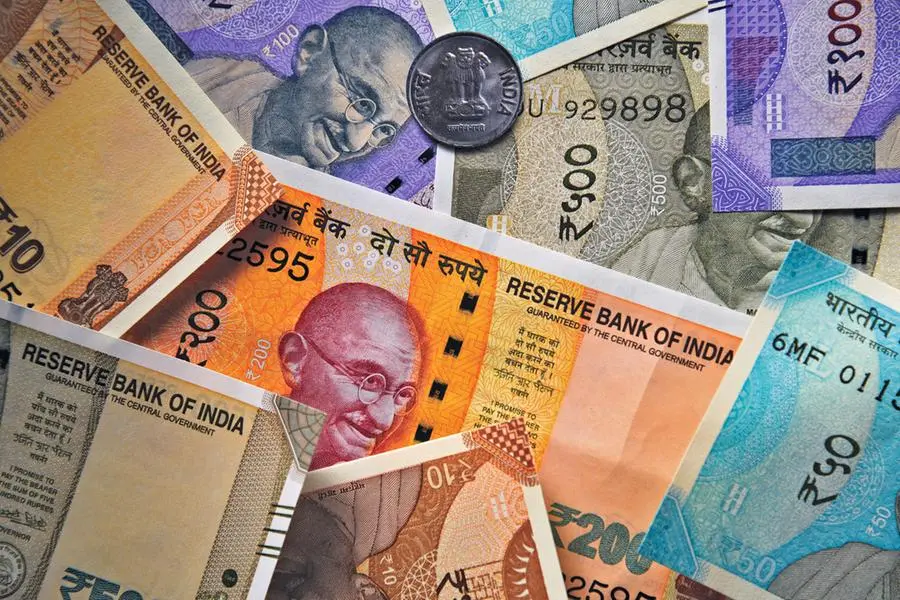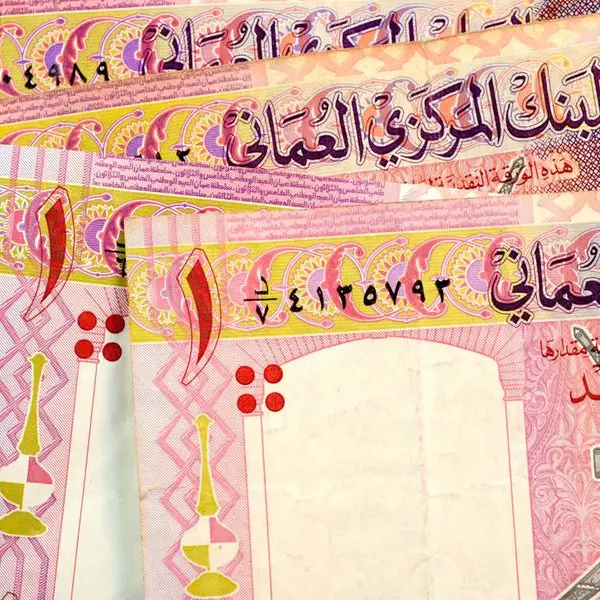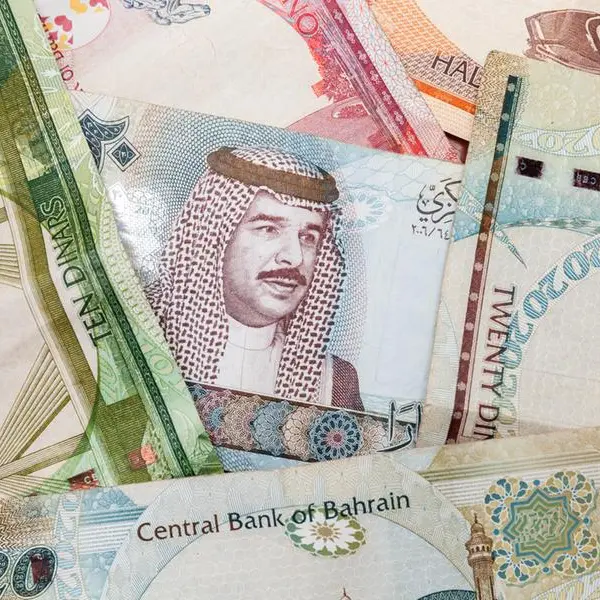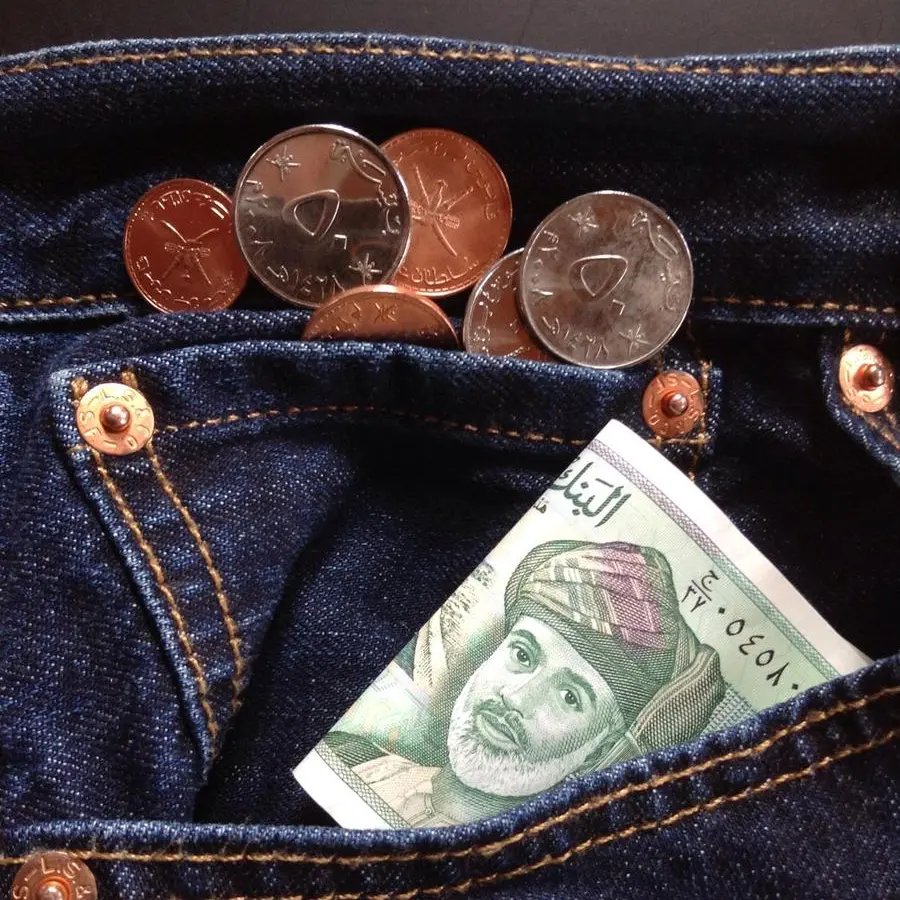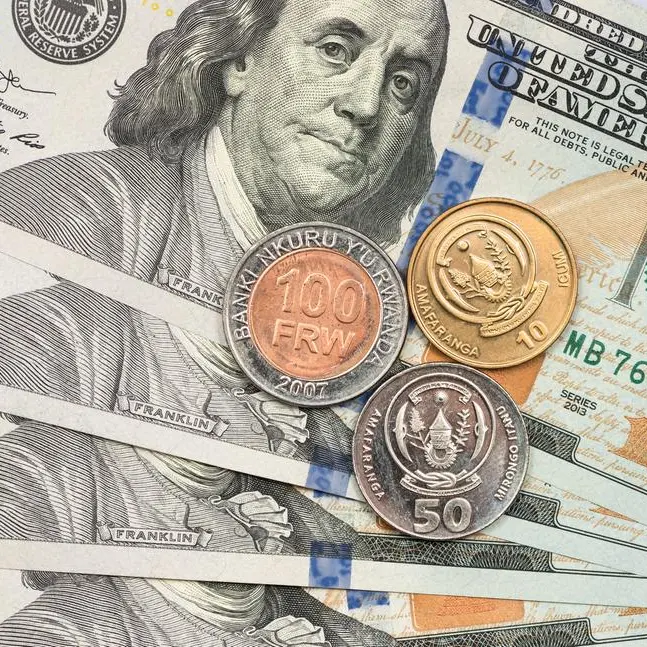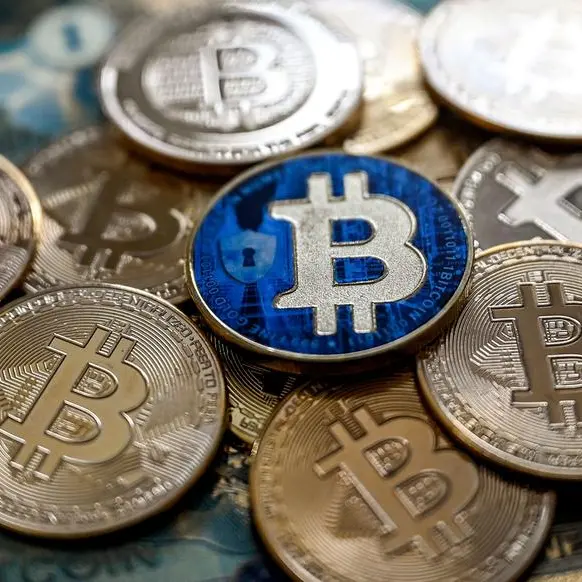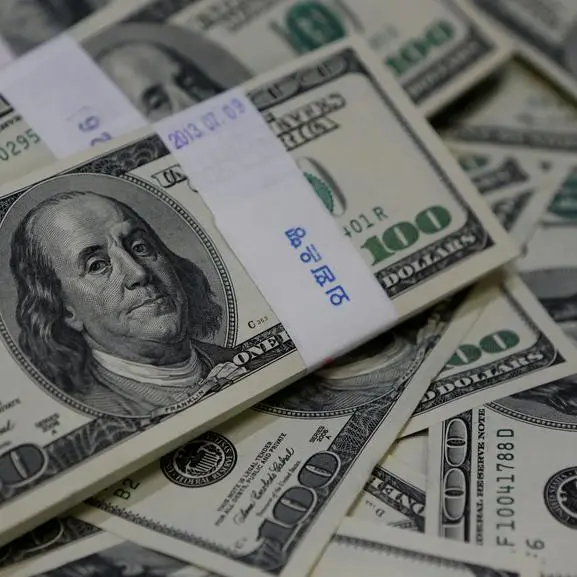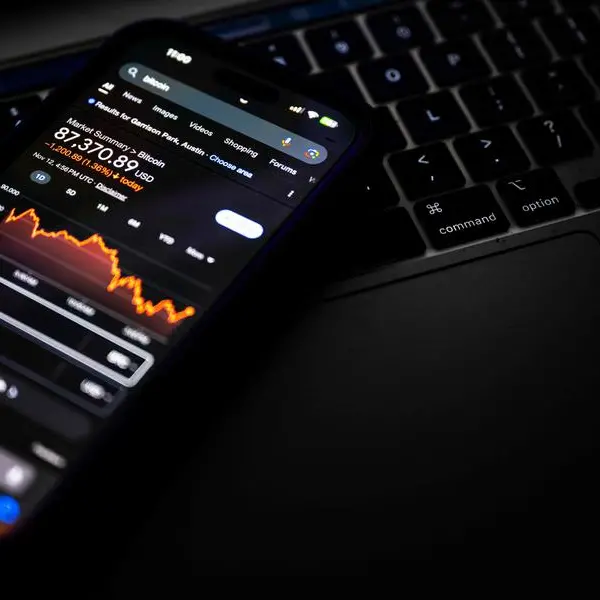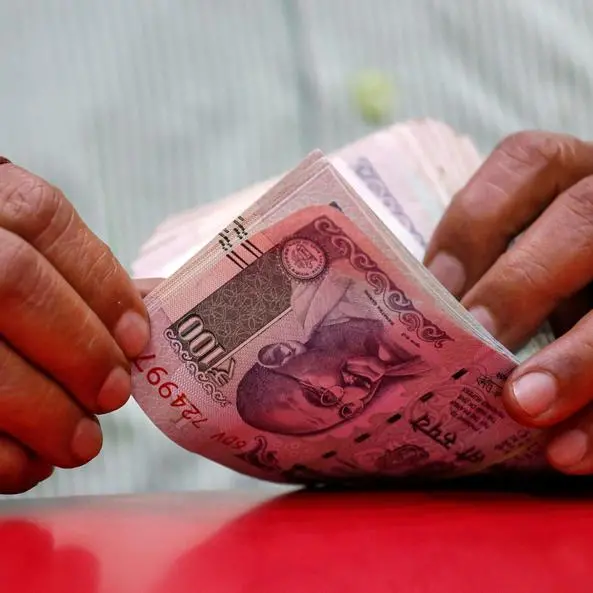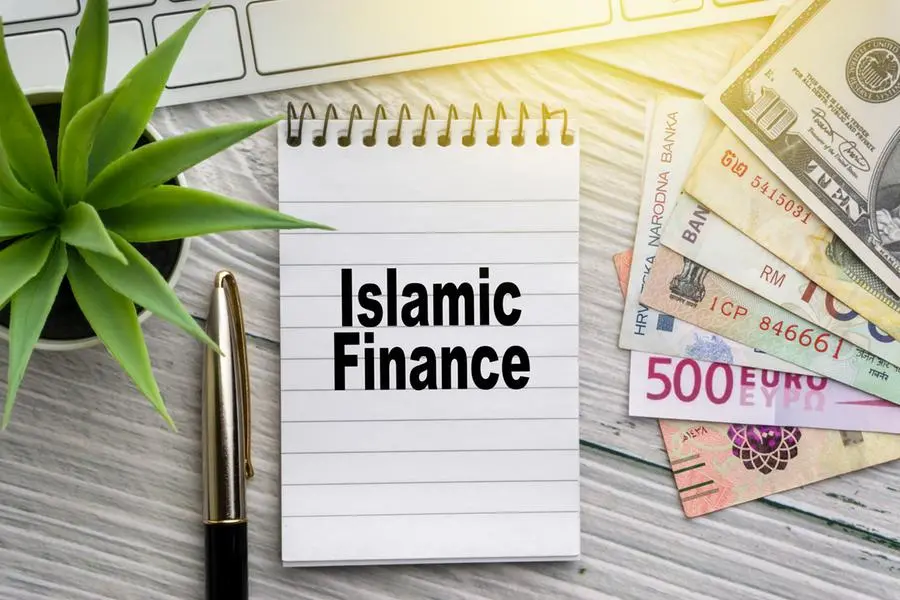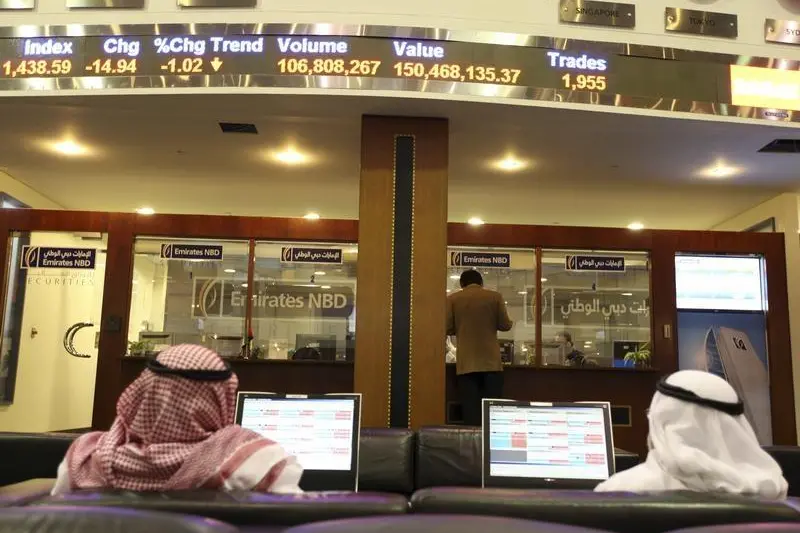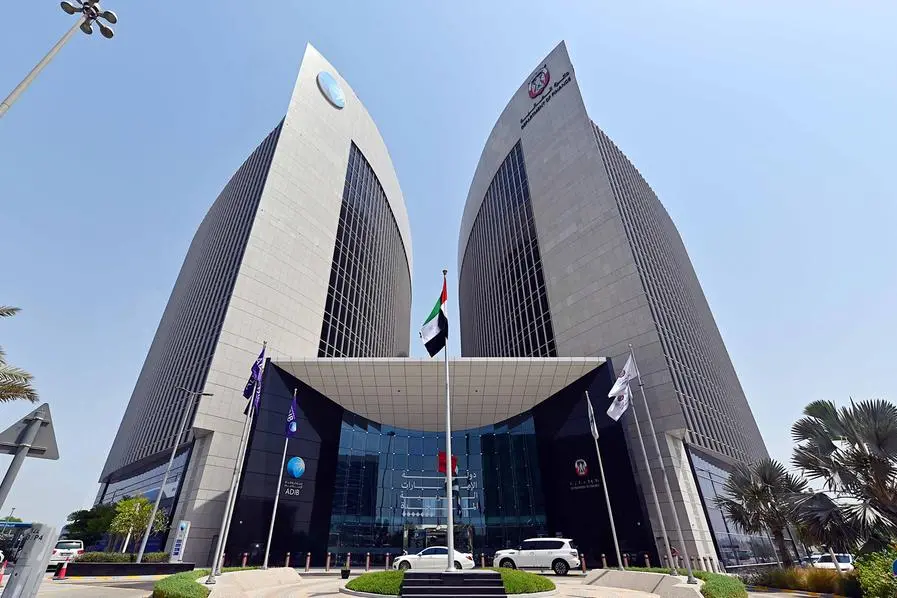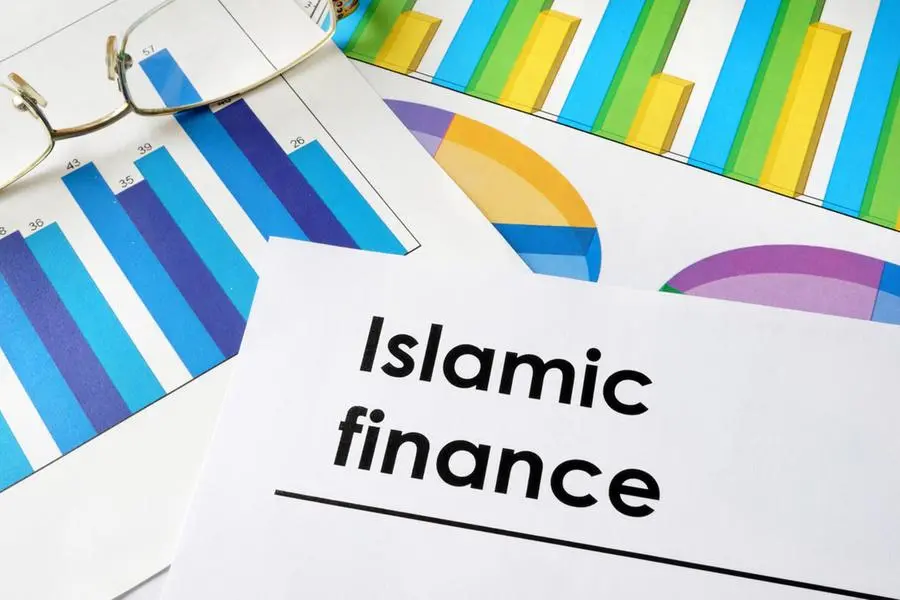PHOTO
Indian rupee. Getty Images.
Muscat - As the exchange rate between the Omani Rial and the Indian Rupee continues to climb, people in Oman who wish to send money to their families and friends back in India can now get even more for a single Rial.
According to online currency converter XE, the Indian Rupee conversion rate for the Omani Rial rose to as high as INR208.6 on 14 July, before dipping slightly to INR207.4 on the 16th, following a pattern of a steady rise in the exchange rate over the past year. Over the long-term, the Rial to Rupee exchange rate has been rising steadily since at least July 2012.
In terms of conversion from US Dollars, the Indian Rupee has in fact witnessed a consistent depreciation against the US dollar with multiple all-time lows in 2022, and is now only a whisker away from touching the 80 mark. The value of the rupee depreciated by around six per cent this year. Various factors that have put pressure on the rupee are rising current account deficit, the strengthened US dollar, and rising inflation amid high global commodity prices. Prices of crude oil, which India imports heavily to meet its domestic demand, saw a sharp rise after Russia’s invasion of Ukraine in February.
The extent of fall in the value of the Indian rupee versus the US dollar has been lower in 2022 as compared to other major currencies. The US dollar index against six major currencies - Euro, British pound, Japanese yen, Swiss franc, Canadian dollar, and the Swedish krona - has gained 13.0 per cent this year.
Therefore, the strength of the US dollar against the Indian rupee cannot be viewed as an isolated event. The value of the rupee depreciated by around six to seven per cent this year.
When interest rates were low and dollar supply was ample, investors took risks and invested in the stock markets in emerging economies, including India. Indian stock markets have witnessed handsome gains in 2020 and in 2021 due to a strong risk appetite amongst foreign investors.
As inflation rates began to rise in the developed world, including in the US during the second half of 2021, respective central banks started talking about responding to high inflation by raising interest rates.
Then came the conflict in Ukraine in February, which raised the prices of crude oil and subsequent demand for additional dollars. The war has led to further economic uncertainty. On account of these factors, foreign investors turned cautious and began pulling money out of emerging markets like India.
© Muscat Media Group Provided by SyndiGate Media Inc. (Syndigate.info).
